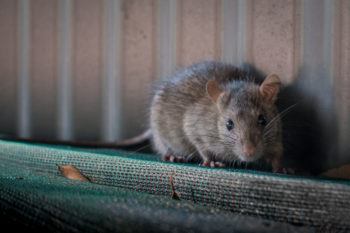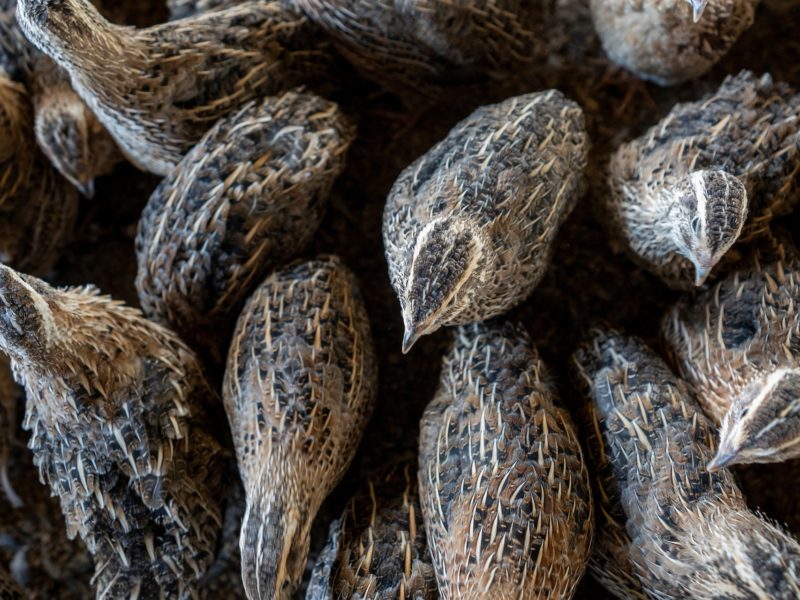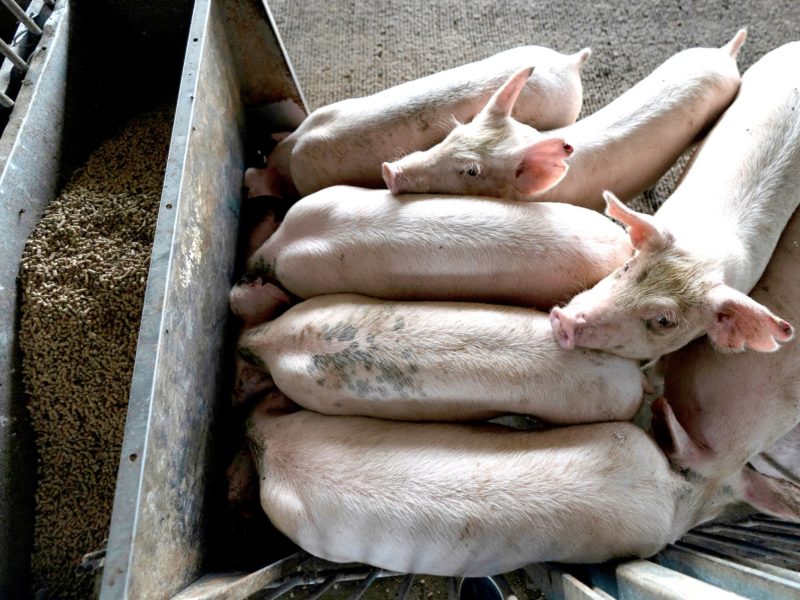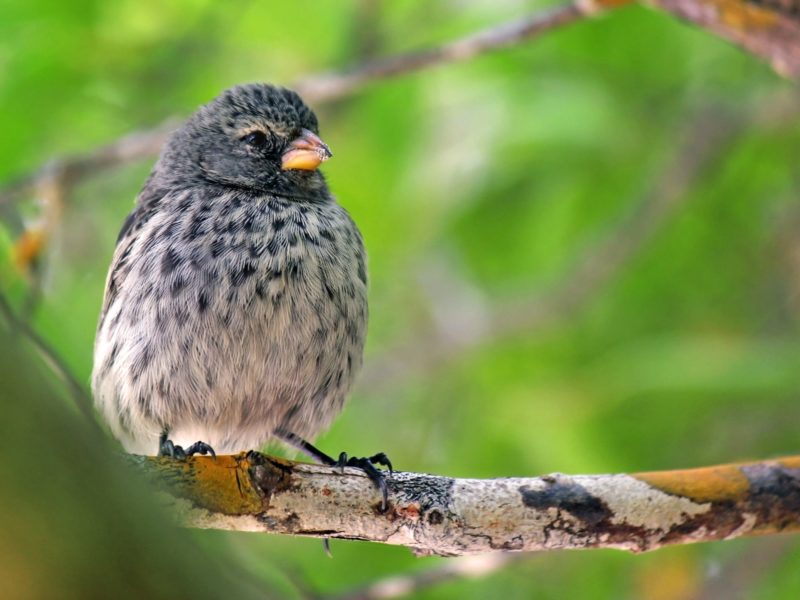Texas A&M AgriLife Expert: Rat Population Uptick Possible

Rats thrive around households in almost any condition, but a few simple steps can help homeowners avoid contact, infestation and infection from one of the many diseases they might carry.
That is the message from Janet Hurley, Texas A&M AgriLife Extension Service integrated pest management specialist in Dallas. She called rats “the next big thing” to consider when it comes to planning for pandemics and diseases transmissible between animals and humans.
Her recommendations come in response to a recent spike in suburban rat sightings across Texas.
Hurley, recognized among the state’s leading experts in structural integrated pest manageent, trains pest control industry professionals in best practices for human and environmental safety, especially in Texas schools.
“Increased sightings are happening all over the country,” Hurley said. “The rats have probably always been somewhat present where people are seeing them, and the ‘population spike’ is anecdotal for now. But more people, due to COVID-19 sheltering, are present in certain areas during times when they normally wouldn’t be.”
Following the food
At the same time, opportunistic rats follow food sources.
“With restaurants closing, their available food changes,” Hurley said.
This means people harboring what could be food and water sources for rats at their homes could see a rodent influx. Open food and drink containers, lingering spills, standing water and even vegetable gardens and bird feeders can serve as viable food sources for rats.
More food and water left available for longer periods bring increased risk of infestation and contact, Hurley said.
“Plus, a full clean-up and exclusion for an existing infestation can be prohibitively expensive,” she said.
How to avoid rats in the home
Hurley said the best way for homeowners to deal with rat infestations is to take immediate preemptive action, stopping them before they begin. She recommends the following actions:
- Cleaning up any food or water spills
- Storing pet food in plastic bins
- Checking the home for standing water
- Filling potential rat entry points larger than a quarter inch
“A rat can slip through any opening larger than the tip of your finger,” she said. “Some can rip sheetrock and siding. Seal it up.”
Residents who notice rats residing within heavy vegetation on their property should thin it out.
She also cautioned Texans who might be relying on their local governments to control rats.
“In most cities, there is no existing public program for rat management,” she said. “This is an issue, but it is also a fact. You must be vigilant for your own household.”
Rats moving forward
Over the next year, Hurley will launch the public Residential IPM course series, which covers general integrated pest management for residents. She also will propose a comprehensive research initiative to determine rat presences in Texas as well as the types of communicable diseases they carry, which remains largely speculative, she said.
“Murine typhus, bubonic plague, rat lung worm? What other diseases do they have?” she said. “We’ve been lucky with the rats so far, but they come in large numbers with an ability to be secretive. And, as unsavory as it sounds, they defecate and urinate everywhere they go.”
Visit the AgriLife Extension online factsheet on managing rats and mice for more pest control information from Hurley as well as from Texas A&M AgriLife entomologists and specialists across the state.
This article by Gabe Saldana originally appeared on AgriLife Today.





